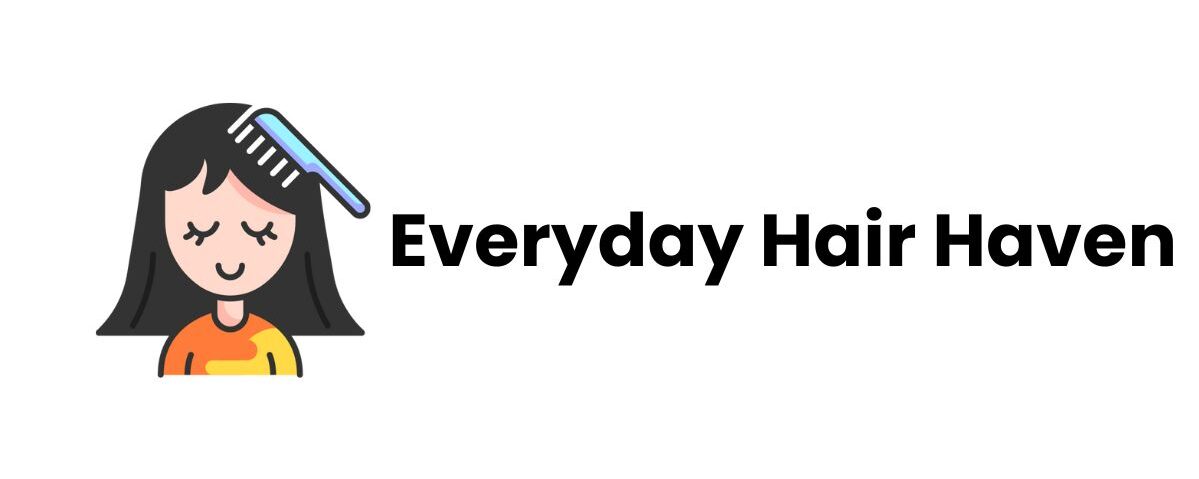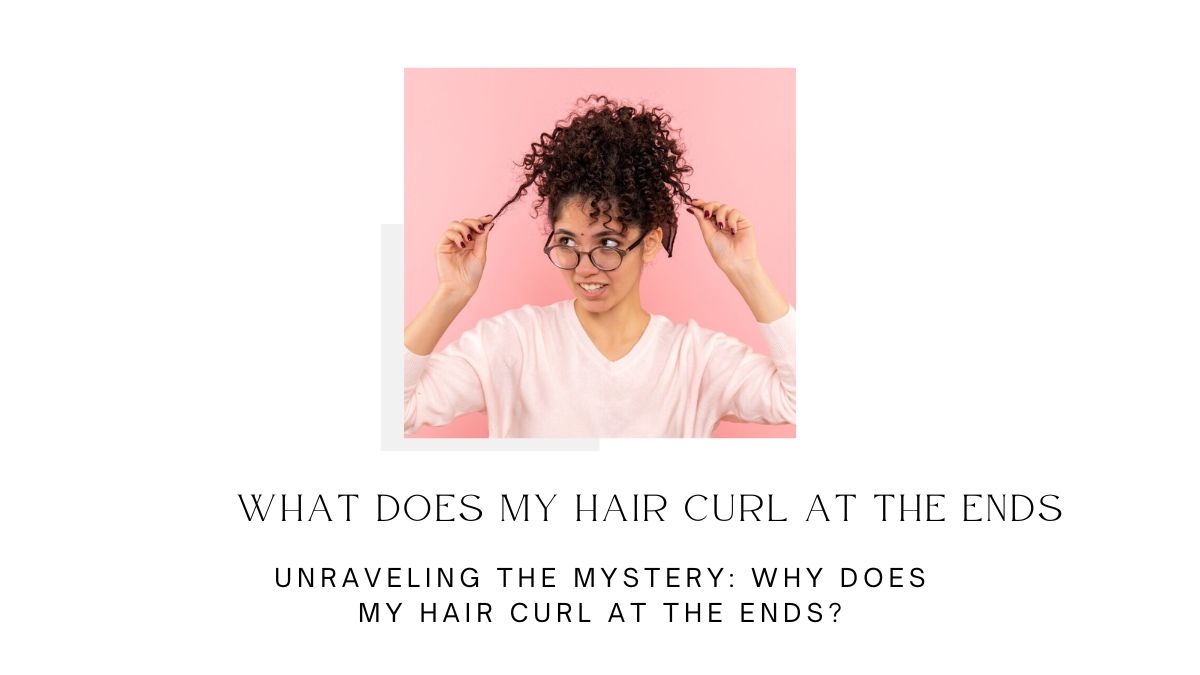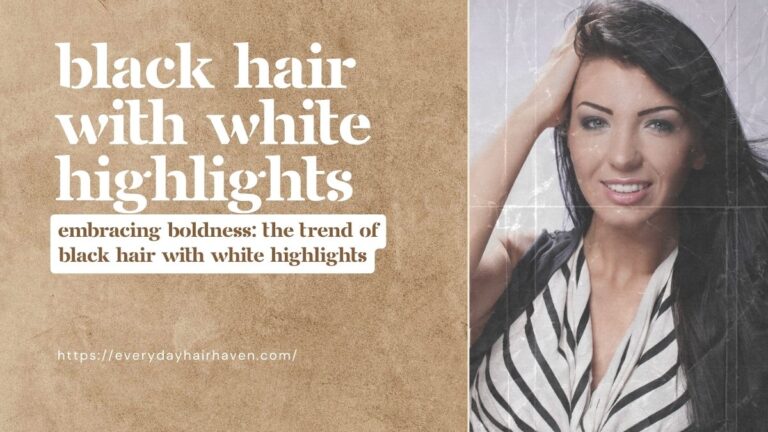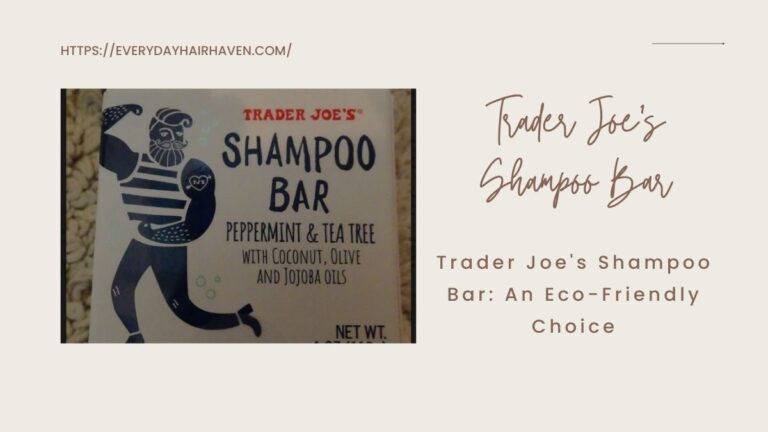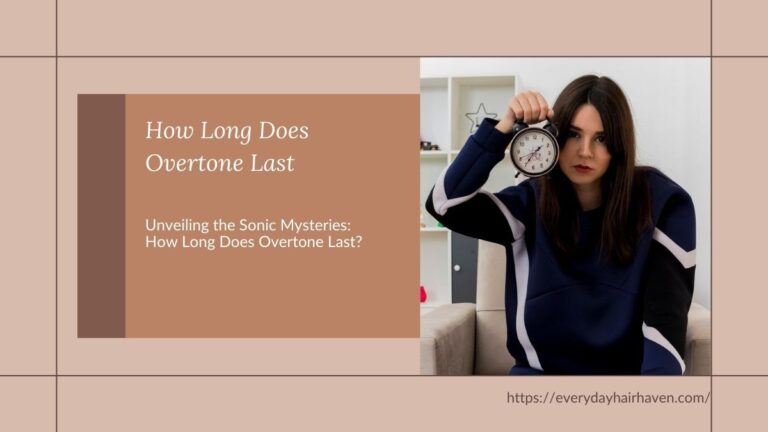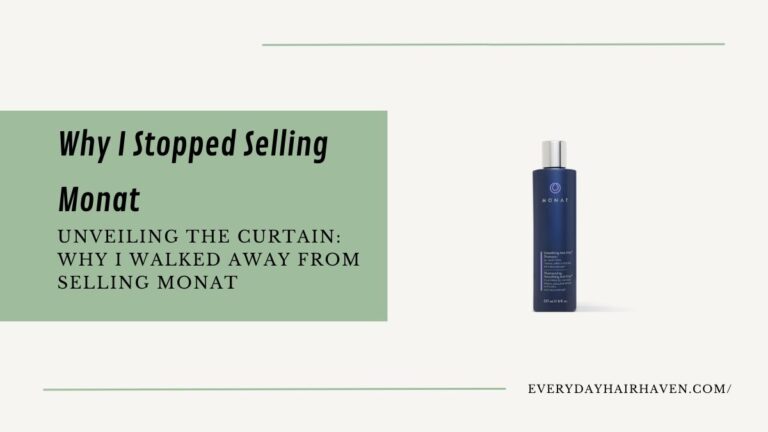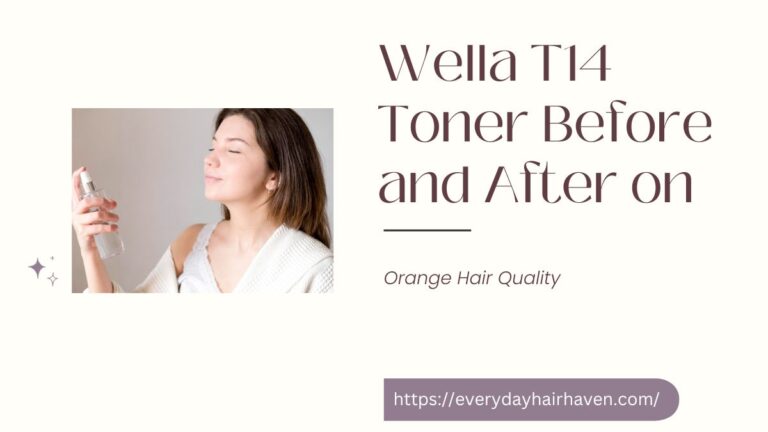Unraveling the Mystery: Why Does My Hair Curl at the Ends?
Have you ever wondered why the ends of your hair seem to curl effortlessly while the rest remains relatively straight? It’s a common phenomenon that many individuals experience, yet understanding the science behind it can be quite fascinating. From genetics to environmental influences, various factors contribute to the unique curling patterns we observe in our hair. In this comprehensive guide, we’ll delve into the intricacies of why your hair curls at the ends and explore practical tips for managing and embracing your natural texture.
What Causes Hair to Curl at the Ends?
Explanation of hair structure
Understanding the underlying causes of hair curling at the ends requires a grasp of the intricate structure of our hair follicles. At the core of this phenomenon lies genetics, which plays a significant role in determining the shape and texture of our hair. Hair follicles with an oval or asymmetrical shape tend to produce strands that are more prone to curling, especially at the ends. Additionally, the angle at which the hair emerges from the scalp can influence its curl pattern, with sharper angles often resulting in more pronounced curls.
Read More: Unveiling the Benefits of Baking Soda for Gray Hair: Guide
Influence of environmental factors
Moreover, environmental factors such as humidity and moisture levels can impact the curliness of hair. When exposed to high levels of humidity, the outer layer of the hair shaft, known as the cuticle, can swell, causing the hair to bend and curl. Conversely, dry environments can lead to dehydration of the hair shaft, resulting in reduced curliness. These fluctuations in environmental conditions contribute to the dynamic nature of our hair’s curl pattern.
The Science Behind Curling
Delving deeper into the science behind hair curling reveals the intricate interplay of proteins and bonds within the hair shaft. Our hair is primarily composed of a protein called keratin, which forms various bonds that contribute to its strength and elasticity. One of the key bonds involved in hair curling is the disulfide bond, which forms between sulfur atoms in adjacent protein molecules.
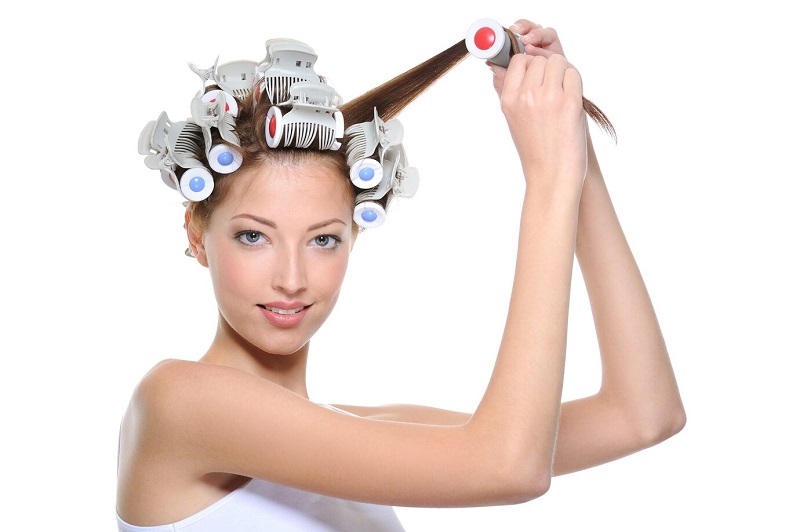
Hair follicle shape and orientation
The arrangement of these bonds, along with the shape of the hair follicle, determines the curl pattern of the hair. For instance, hair with a more elliptical cross-section and a higher concentration of disulfide bonds tend to exhibit tighter curls, while hair with a rounder cross-section and fewer disulfide bonds may appear straighter. Additionally, the presence of other bonds, such as hydrogen bonds, can also influence the flexibility and curliness of the hair.
Types of Hair Curl Patterns
Hair curl patterns can vary widely among individuals, ranging from loose waves to tight coils. Understanding your unique curl pattern is essential for selecting appropriate hair care products and styling techniques. Generally, curly hair types are categorized into three main categories: wavy, curly, and coily.
Loose curls vs. tight curls
Wavy hair typically forms loose, S-shaped waves that may vary in intensity and consistency. This hair type is characterized by a gentle bend rather than distinct curls and is often more prone to frizz and limpness. Curly hair, on the other hand, forms tighter, spiral-shaped curls that can range from loose to corkscrew-like in appearance. Coily hair, also known as kinky or afro-textured hair, features tightly coiled strands that may form intricate patterns and require specialized care to maintain moisture and definition.
Factors Contributing to Curly Ends
Heat styling tools
While genetics and environmental factors play significant roles in determining hair curliness, certain external factors can also influence the appearance of curly ends. Heat styling tools, such as curling irons and flat irons, can alter the natural curl pattern of the hair by temporarily breaking and reshaping the bonds within the hair shaft. Prolonged or excessive use of heat-styling tools can lead to damage and weaken the hair, resulting in frizz and irregular curl patterns.
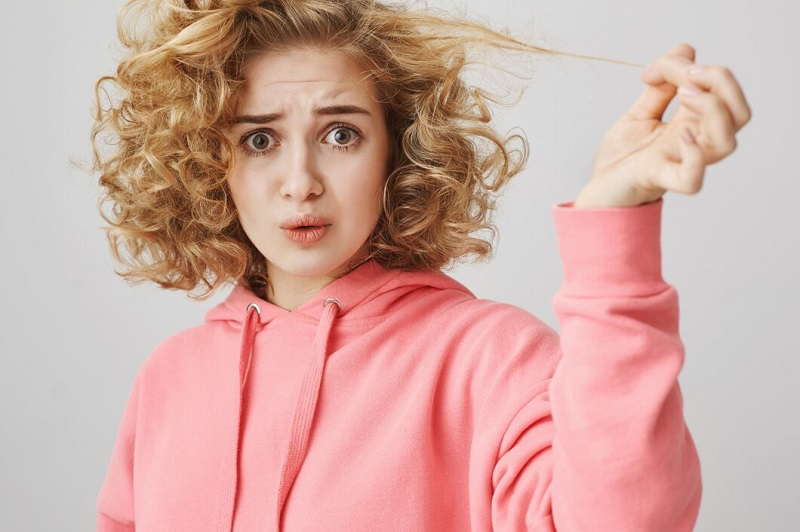
Chemical treatments
Similarly, chemical treatments, such as perms and relaxers, can permanently alter the structure of the hair, affecting its curliness. Perms work by breaking the disulfide bonds in the hair shaft and reforming them into a new shape, while relaxers use chemicals to straighten curly or coily hair. However, these treatments can be harsh on the hair and scalp, and proper care and maintenance are essential to minimize damage and preserve the integrity of the hair.
Tips for Managing Curly Ends
Moisturizing treatments
Maintaining healthy, well-defined curls requires a combination of proper hair care techniques and styling strategies. Moisturizing treatments, such as deep conditioning masks and leave-in conditioners, can help hydrate and nourish the hair, reducing frizz and enhancing curl definition. Look for products specifically formulated for curly hair types, as they are designed to provide the moisture and hold needed to maintain your curls.
Protective styling
In addition to moisturizing treatments, protective styling can help minimize damage and prevent breakage, particularly at the ends of the hair. Experiment with braids, twists, and buns to create stylish yet functional hairstyles that keep your curls intact and protected from environmental stressors. When styling your hair, opt for techniques that minimize heat exposure and manipulation, as excessive styling can disrupt the natural curl pattern and lead to frizz and damage.
Trimming techniques
Regular trims are also essential for maintaining healthy, curly ends. Split ends and breakage can compromise the overall appearance and texture of your hair, so schedule regular appointments with your hairstylist to keep your ends looking fresh and healthy. Additionally, consider investing in a quality pair of hair shears for at-home maintenance between salon visits, and trim any split ends as soon as they appear to prevent further damage.
Embracing Your Natural Hair Texture
Self-acceptance and confidence
Embracing your natural hair texture is a journey of self-discovery and self-expression. Whether you have loose waves, tight curls, or anything in between, learning to love and care for your curls is essential for cultivating confidence and embracing your unique beauty. Experiment with different hairstyles, products, and techniques to discover what works best for your hair type and lifestyle.
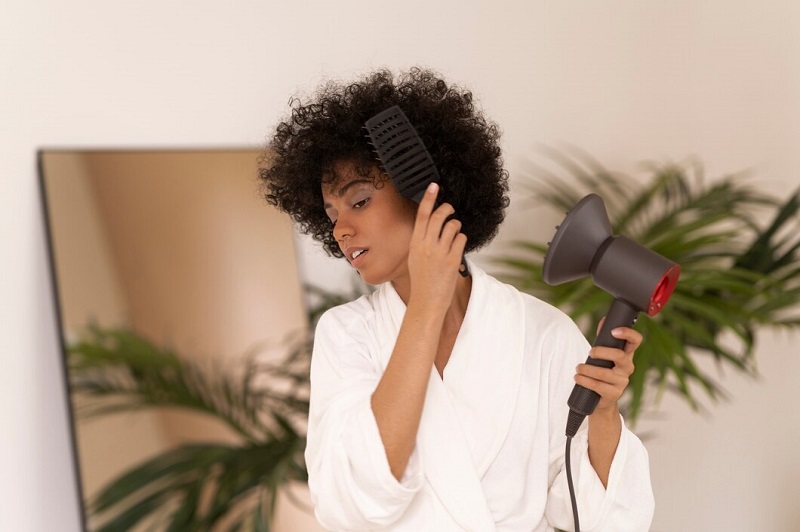
Styling techniques to enhance natural curls
When it comes to styling curly hair, less is often more. Avoid over-manipulating your curls and opt for gentle, nourishing products that enhance your natural texture without weighing it down or causing buildup. Embrace the versatility of curly hair and have fun experimenting with different looks, from voluminous afros to sleek, defined curls.
Community and support
Community and support play a crucial role in the journey to embracing your natural hair texture. Connect with fellow curly-haired individuals online or join local hair care communities to share tips, advice, and encouragement. Surrounding yourself with positivity and support can help empower you to embrace your curls and celebrate your unique beauty.
Conclusion
In conclusion, My Hair Curl at the Ends is a natural phenomenon influenced by a combination of genetic, environmental, and external factors. By understanding the science behind hair curling and adopting proper hair care techniques, you can maintain healthy, well-defined curls that enhance your natural beauty. Embrace your unique hair texture and celebrate the diversity of curls, waves, and coils that make each of us beautifully unique.
Frequently Asked Questions (FAQs)
Hair curls at the ends due to a combination of genetic factors, including the shape of the hair follicle and the arrangement of bonds within the hair shaft. Additionally, environmental factors such as humidity and moisture levels can influence the curliness of hair, causing it to bend and curl.
To prevent frizzy ends in curly hair, it’s essential to keep your hair well-moisturized and nourished. Use hydrating hair care products, such as deep conditioning masks and leave-in conditioners, to maintain moisture levels and reduce frizz. Additionally, minimize heat styling and manipulation, and opt for protective styling techniques to keep your curls intact and protected.
Regular trims are essential for maintaining healthy, curly ends and preventing split ends and breakage. Schedule regular appointments with your hairstylist to keep your ends looking fresh and healthy. Additionally, consider investing in a quality pair of hair shears for at-home maintenance between salon visits, and trim any split ends as soon as they appear to prevent further damage.
